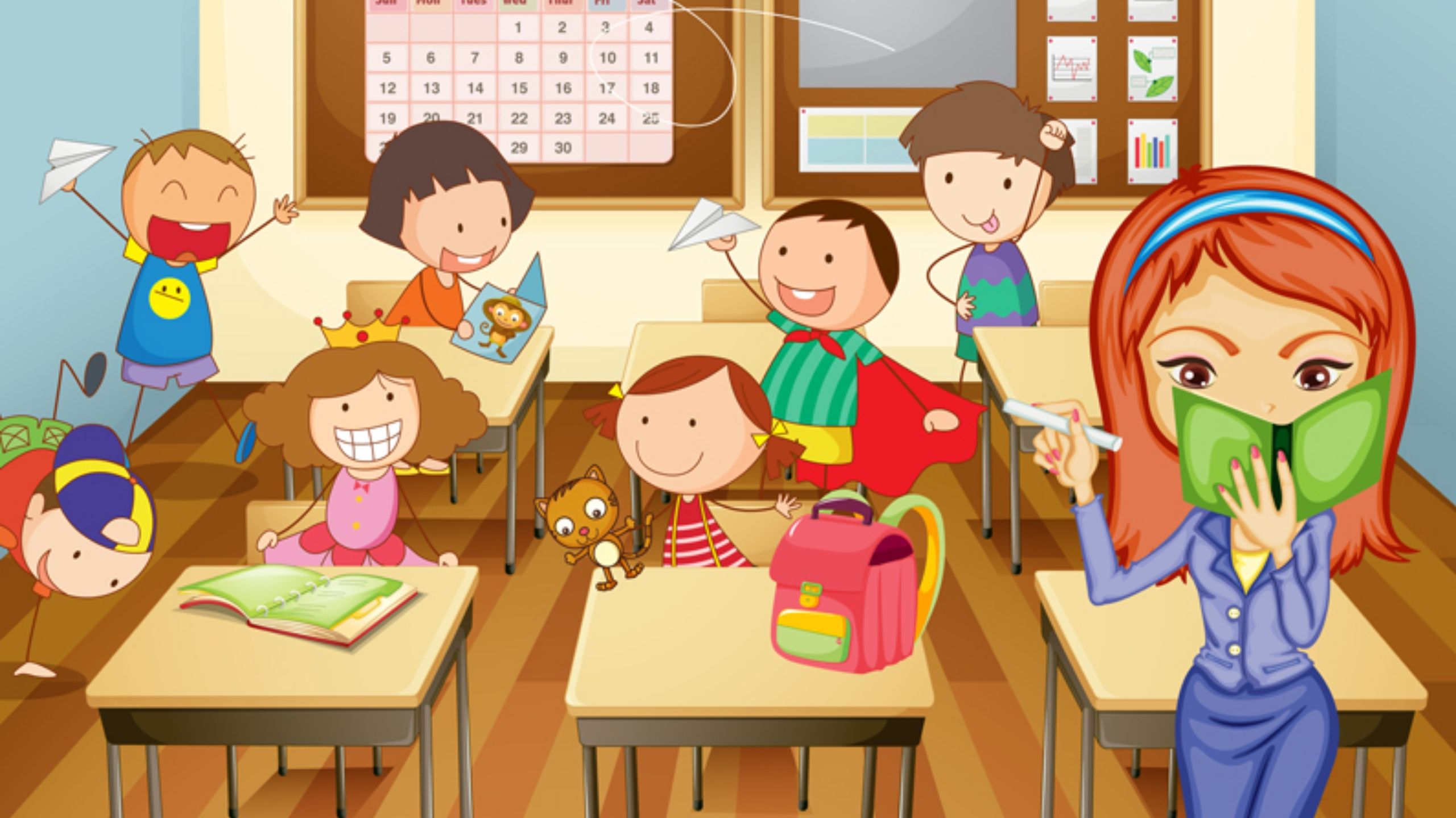Take control of a noisy classroom

Every teacher has a story or memory of that one time they completely lost control of their classroom and no matter what they did, said or tried, the group would just not simmer down.
Trying to constructively cultivate control and reinstate authority within the room is one of the toughest jobs of any teacher in the profession. It is one of those catch-22 scenarios where you can only harness the skills to manage future disruptive episodes by going through it blind in the first instance.
The good news is that we’ve put together our teacher toolkit of expert management techniques to help bring your students back in line and in order once they’ve lost focus…

1. Address the individuals; not the group as a whole
Rather than addressing the classroom as a whole group, it’s important that you recognise the disruptive actions instigated from key individuals. If you address the poor behaviour to the group then this prevents responsibility being taken and doesn’t help you get to the root cause of the problem.
By identifying several key students who are causing the disturbance, you can quietly communicate with them to change their behaviour and as a result, the room as a whole will follow suit.
2. Extinguish the fuse before it blows
Maintaining good behaviour in your classroom is preventing it from escalating in the first place. The way to do this is to establish a preventative class management system from the moment you walk into your classroom.
As the teacher, you need to be attentive to your students and the flow of communication that occurs within the room. Pay attention to the students who often chat throughout your lessons, cause noise or distract fellow students and address their behaviour whilst continuing to engage your group of students.
This may involve addressing a disruptive student who is tapping a pen on his desk to cause irritation. A simple way of diffusing the situation is to gently walk over to the student, take the pen and put it on your desk whilst maintaining focus on delivering the lesson to the remainder of the class. Pull the plug on a brewing fuse before it blows without missing a beat on your classroom delivery.

“Instead of raising your voice, lower it and whisper your requests to your students.”
3. Build your skill of benevolent authority
A simple way of keeping your students focused and attentive is to establish a relationship of mutual respect and acknowledgment of your authoritative role as teacher. Once this form of respect is cultivated, it is rare for students to cross the boundary and step out of line.
The easiest way of building respect from your students is to do your job to the best of your ability; teaching in a way that is firm but fair. By physically moving around the room and addressing each student as a seperate individual, it will subtlety show your position of being in charge and will keep the classroom focus on you and your movement.

4. Turn down the tone and learn the secret of the whisper
So things have got a little unruly in the room and the noise bar is steadily rising. Shouting out orders to quieten down will only make the situation worse by causing the noise levels to escalate even louder. That’s where the power of the whisper comes in.
Instead of raising your voice, lower it and whisper your requests to your students. One or two students will begin to notice and after a few ‘shush’s’ from them, the rest of the class will begin to follow suit in order to hear you. Not only have you gained back control without having to raise your voice but you have also enlisted the help of your students themselves to bring back a sense of order.
5. Attack the disruptive actions; not the individuals themselves
When your lesson plan has gone down the drain, you’ve lost the attention and respect of your students, it’s easy to lash out and point fingers. As the teaching professional in the room and someone who hopes to be a role model, this is something you need to avoid resorting to. Instead of showing your disappointment and anger at the individuals in question, show your dissatisfaction at their actions.
It’s human nature to feel angry when you feel personally marginalised but keeping your reactions entirely focused on the students’ actions – rather than them as individuals – prevents the communication between yourself and students from turning toxic.
Maintain a fair but firm classroom culture by changing your responses from ‘You have disrupted this class. What do you have to say for yourself?’ to ‘Your actions are not what we as a class have agreed is acceptable; I’d like you to reconsider how you behave for the remainder of the lesson’.
By altering the tone and finger of blame in your response from student to action, it encourages the student to reconsider their behaviour and learn from their mistakes rather than feeling victimised that they are a ‘bad’ individual.







Responses